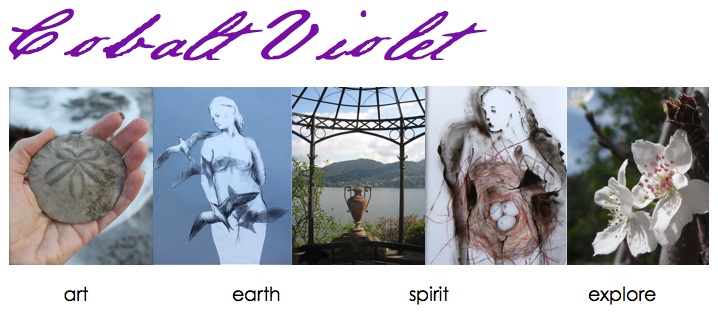The artist a a receptacle
for emotions that come
from all over the place:
from the sky,
from the earth, from a scrap of paper,
from a passing shape,
from a spider's web.
~Pablo Picasso
Lake Casitas, is not far from my parents place in Ojai, and while many people go there to fish and camp, Lori and I met for a beautiful day of plein air painting. Lori is also a member of the Pastel Society of the Gold Coast. I started a blog for them, and will be passing that on to you guys, a little later.
Anyway, it the last day of January, and as you can see, it was an absolutely gorgeous. Doing plein air work, you have a limited time, to get the information down on your paper or canvas. Because light and shadow change quickly outside, often, depending on how long you stay out there, you may start two or three different pieces.
Of course, one of the most important decisions, is the location you choose and what you decide to incorporate into your composition, and what you decide to edit out.
Here is piece #1 ... "The morning piece." Here, you can see I have done an under-painting. Actually, I used hard pastels and a special liquid, called SpectraFix, and spread the pastel with a brush. (Sometimes, I use watercolors paints.) At this point, I now have some values (darks and lights) in place, to play off, with the soft pastels.
Here is Lori Corradi, getting started on her piece.
Every human is an artist.
The dream of your life
is to make beautiful art.
~Miguel Angel Ruiz
So here is the view I picked ...
my set-up ...
So, off I went to the little café, across the lake, to get a sandwich. I brought it back and ate at these picnic tables, you see below. Lori and I were loving the weather, and the view, and were feeling very lucky to be there that day! We also had a very informative conversation about the best ways to meet men. (Not a great number of available, straight men, doing pastels, as it turns out.)
In the following photo, you can see that the reflections of the mountains, on the lake, (to the left side) are pretty much gone. It was time to begin a new piece.
I put in the big shapes, with a dark nupastel (which is a harder pastel stick,) keeping pretty much the same composition, as the morning piece, and trying to stay extra loose, and notice the changes in light and color that happen in afternoon.
Then, a very loose under-painting ...
Below, I have just begun to use soft pastels. You can see the vibrant blue and green ... toward the upper-center, at the base of the hills.
Afternoon painting, (#2, for the day )
The light went behind the mountains so this is as far as I got, on the second piece. I took photos throughout the day, and with what I had gotten on paper, I had enough information to go back and resolve the paintings in the studio.
Back in the studio, Painting #1, the "morning painting" ... almost done.
And here are the finished pieces. You can see how different they are from each other, and what a different feel and color palette they have.
Morning on the Lake
Ojai, California
Afternoon on Lake Casitas
Ojai, California
Painting is just another way
of keeping a diary.
~Pablo Picasso
If you want to check out the blog that I started for the Pastel Society of the Gold Coast, click here.
It's really just getting started!
I am working on a post, with my photos of the Baths of Caracalla, in Rome. It was so amazing but I actually need to do a little research, because my knowledge of the place is very limited. (Outside of "There was a Roman dude named Caracalla and he built some baths.") My main objective in going there, to the ruins, was actually to find images to paint! And, boy did I! The place is incredible! Anyway, I will get to that later!
Hope you are all enjoying spring and getting some good weather. And for goodness sake, let's all pray for the crazy weather to stop in the Midwest and elsewhere.
Blessings and light!
Lucinda



















































